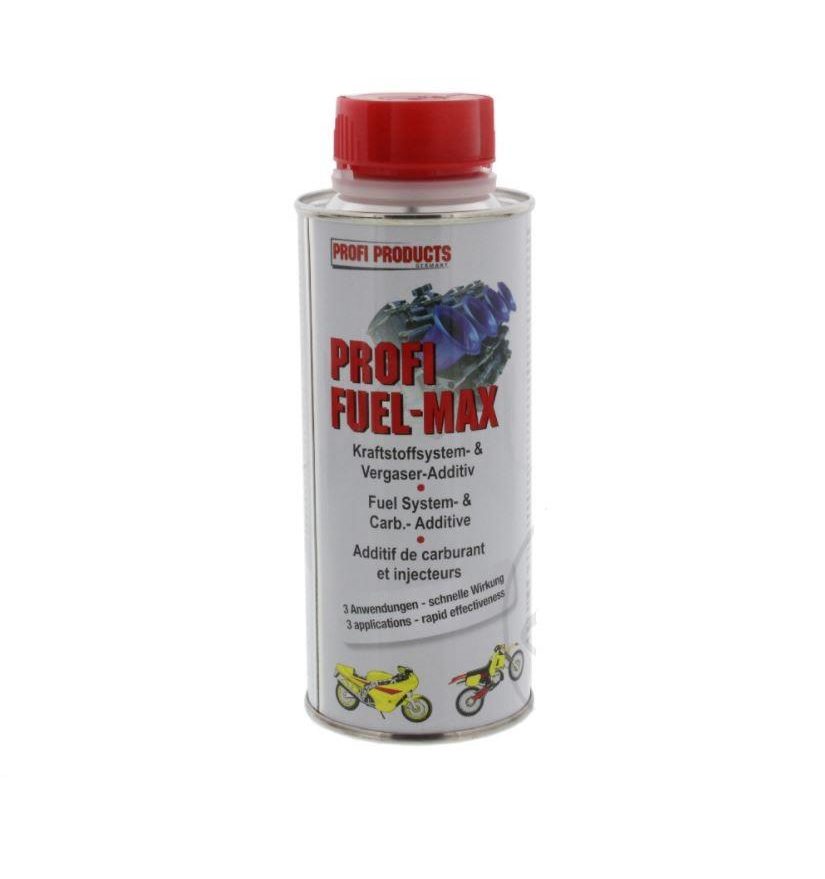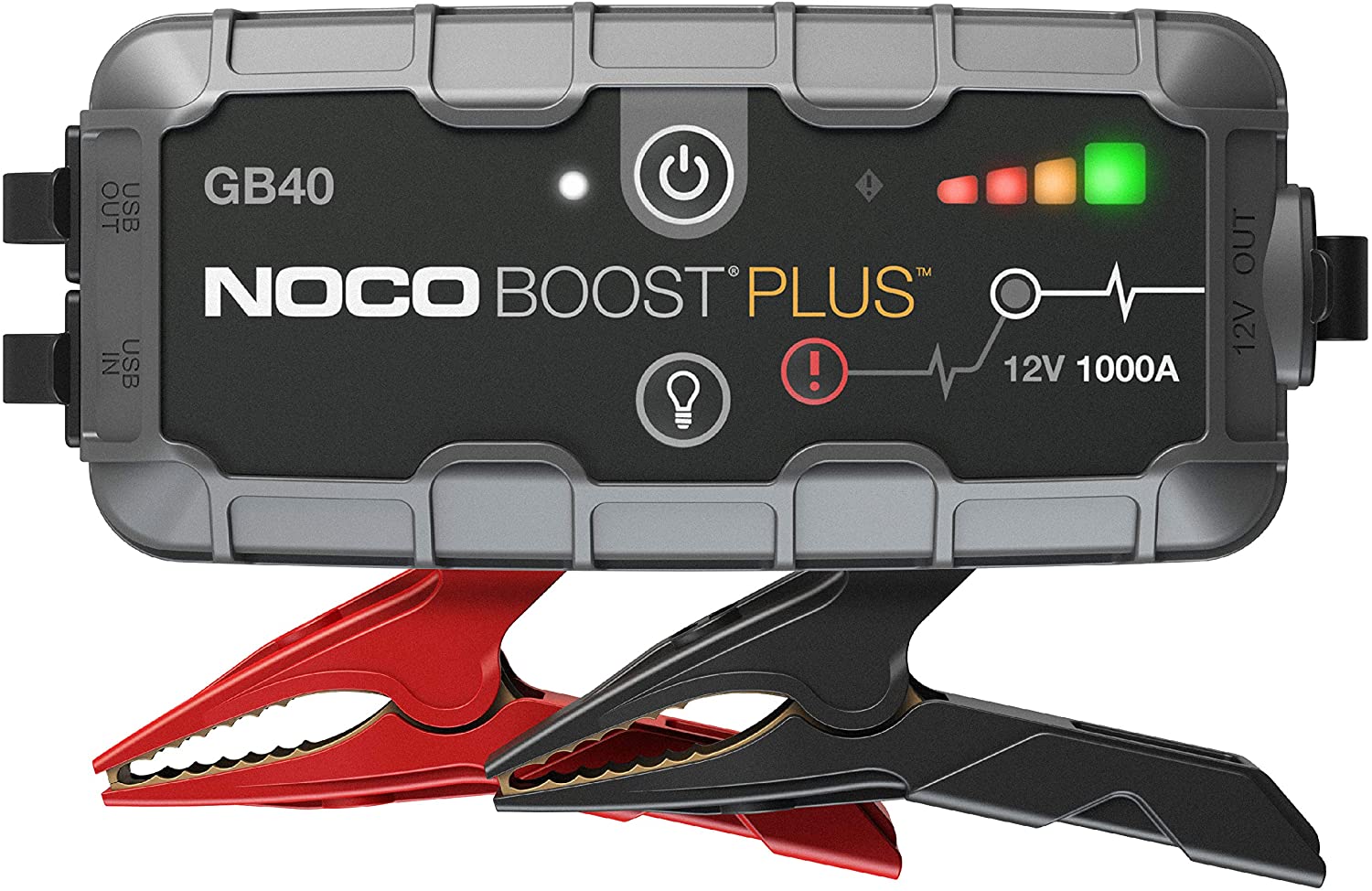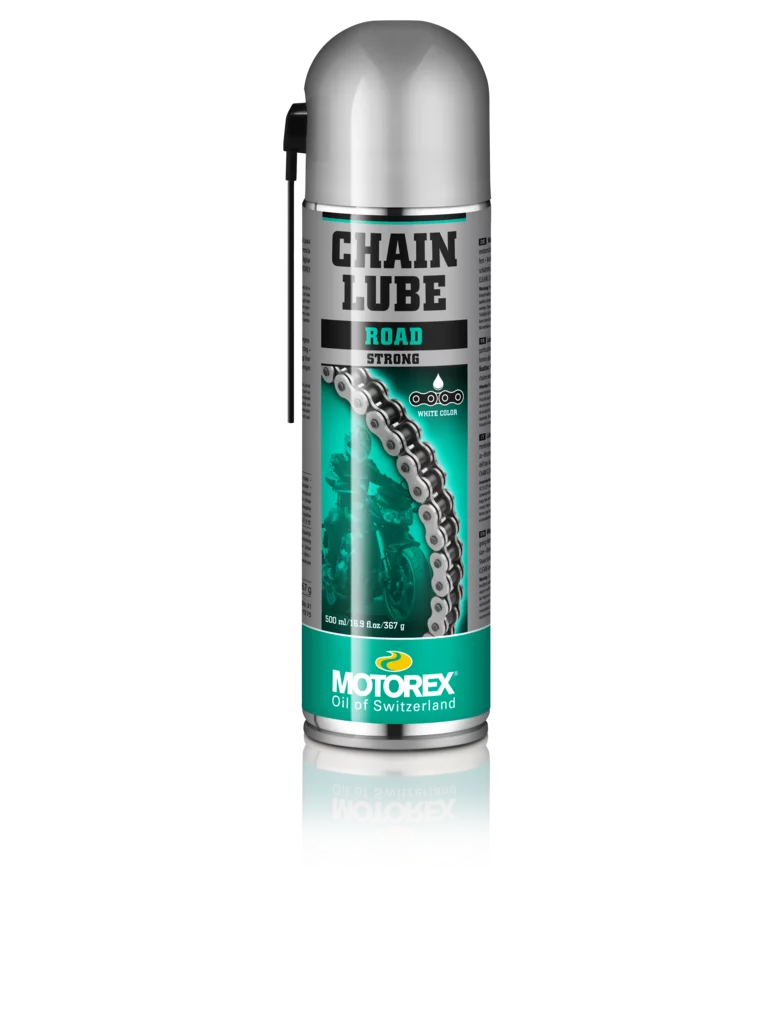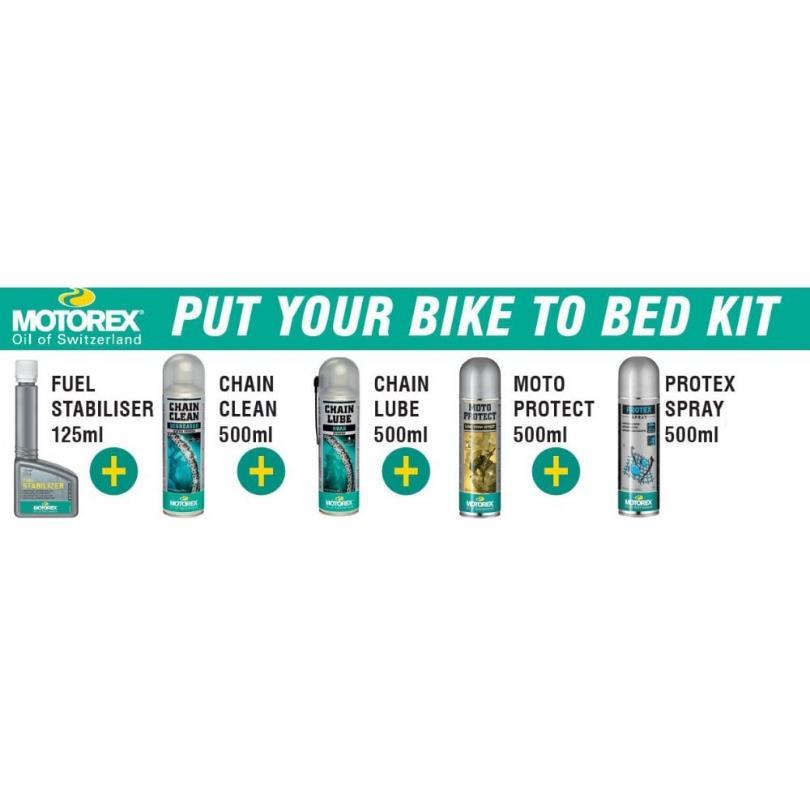No products in the basket.


Winter temperatures and weather conditions can be very tough on your motorbike but with the right maintenance you can make sure your bike will manage the challenges that winter gives. You could park your bike away and protect it from the cold and wet conditions, or if you want or need to ride it throughout winter, you should ensure you are keeping your bike in good condition.
Here is a checklist of our top tips for maintaining your bike in adverse weather conditions to keep it running well.
If you chose to park your bike away until the weather improves, do keep in mind that there are some things you need to take care of before. Its a good idea to plug and cover your pipes and protect them from corrosion during winter. By spraying a light oil into the pipe ends and covering them with some plastic bags, you should be able to keep moisture from getting in. A cover for your bike like the JMP Motorcycle Cover is a cost effective way to protect it from dust and damp.
If you want to work on your bike, you will need to get access to the wheels, chain and other parts of your bike easily If you?re storing your bike, keeping it elevated will help to take the pressure off your tyres. An excellent option for keeping your bike in a solid, sturdy position and to keep the bike?s weight off its tyres is to use one (or two) paddock stands. If you do not have the luxury of paddock stands, it is not a bad idea to slightly over-inflate your tyres over winter to help them keep their shape. Place an old piece of carpet between the tyre and the ground and move their position every few weeks to avoid flat spots. Just remember to return the tyres to the correct pressures in spring.

There’s a lot of ethanol in fuel these days, and ethanol is hygroscopic, meaning it absorbs water from the atmosphere. During the summer months, it’s no big deal. Most of the water goes straight out the exhaust. In the winter, it’s just the opposite; our bikes sit and the water settles in the tank and fuel system creating all kinds of mischief. The fuel also degrades over time, creating gum-like deposits in the carburetor and fuel nozzles, which can cause real maintenance issues. The simple solution is to drop a few ounces of gas preservative into that tank before putting it in storage.

Low temperatures put a strain on your battery life. Cold starts and the frequent use of lights or bar warmers, will all drain your battery life more than under fair weather conditions. It will benefit you to periodically check the power, to avoid unfortunate situations, such as being left with no life in your battery when in the cold and dark in middle of nowhere. Make sure the terminals are perfectly clean, the electrolyte is topped off, if you can open the battery and keep the battery plugged into a charger anytime the bike isn’t being used. If you’re running lots of electrical accessories, consider installing a voltmeter or battery monitor to keep tabs on the charging system

A healthy battery should be above 12.6 v, but cold temperatures can make it drop significantly lower. Also, if you find your battery draining way too fast, you may want to consider replacing it before you take the bike for another ride. MPS has a large range of batteries and chargers
Tires tend to lose pressure especially during the winter, when the air inside them gets cold. If you didn?t already, you should get into the habit of checking your tires before every ride, to ensure there is no damage from previous rides, as well as to verify that the pressure is correct. You?ll need a reliable pressure gauge to ensure that your tyres contain the right amount of air. Maintaining the right pressure levels for your tyres will enable them to stay safe for a longer period of time, especially when the roads are slippery.
Make sure you’ve got at least 50% of the tread left before venturing out on winter roads, or leave the bike parked at home. You can change your tires for winter-ready ones when roads start to get icy so that you don?t encounter grip problems. On snowy or icy roads, summer tires may be too slippery and changing your tires will ensure you don?t run the chance of accidents.See the MPS range of Tires and Accessories like Pressure Gauges.
This is a perfect time to take a close look at your bike?s braking system. Start by checking the brake pads: if they show signs of excessive wear, replace them. Take a look at the brake lines, keeping an eye out for any cracks or leaks.
Test both the front and rear brakes to make sure they are working properly. If you hear any squealing, scraping or growling noises, check it out before you next take your bike out on the road.
You are more likely to be riding in dark or rainy conditions in winter. Make sure that you can see and others can see you by checking your lights. Make sure your headlight (high and low beams), taillights, brake light, turn signals and flashers are all in working order. Replace any bulbs that are burned out.
Prevent problems down the road by checking your motorcycle?s spark plugs. If any are dirty or show signs of damage, replace them before you are left stranded on the side of the road.
Take a moment to inspect your drive chain or drive belt for cracks or signs of wear that could cause it to malfunction. Also check the tension to ensure that it?s at manufacturer specs. Take care of any issues now before it ruins your day.
Test all of your controls to make ensure that your bike is road ready. Check your steering, clutch, throttle and other key controls. This is the time to address any problems.

Liquid-cooled machines need water in the radiator to keep them cool, but in cold temperatures water freezes. This is why you also need to add anti-freeze to the cooling system, to ensure the radiator does not overheat, but to also avoid frozen water in your pipes.
Ideally, you need to use antifreeze or coolant that has a low freezing point, usually down to -35 ? C, so you don?t risk it freezing if the motorbike is parked outside. Also, make sure to check the antifreeze level periodically, to ensure it does not go beyond the lower limit.

During the winter, ice on the roads is usually melted with salt. The combination of water and salt can corrode the chains and make them rusty. This is why you need to make sure you clean and lubricate the chains periodically, to prevent salt or dirt from accumulating and damaging them. Other moving parts, such as the controls (brake, pedals, and throttle) can also get damaged from ice or salt, so make sure to lubricate them as well.
You should also consider changing the engine oil, as it can get dirty over time, which again, creates the perfect environment for corrosion.
Especially during winter, the metal on your bike is vulnerable to moisture and this can cause corrosion damage your motorbike. Washing, drying and waxing your bike periodically will protect it from damage and ensure it keeps its shine even in freezing temperatures. MPS has a full range of cleaning products to keep your bike clean and shining. You can also apply anti-rust spray to the areas you consider vulnerable, to protect them. For better protection, make sure you apply it regularly, after cleaning your bike, so you don?t seal in the dirt.
Combustion creates lots of nasty byproducts that we loosely classify under the heading of gunk. During warmer months the gunk burns off as the engine warms up. Unfortunately, during the winter, short rides and frigid temperatures may prevent the engine from warming up enough to evaporate the gunk, so it becomes entrained in the oil. When enough gunk contaminates the oil, it starts to break down, which is a bad thing. The solution is to change the oil and oil filter at a more frequent interval during the winter months.

We have a great kit from Motorex to prepare your motorcycle for it’s winter slumber, or to lay it up for a length of time. This kit contains all the Motorex product you need to safely store the bike
